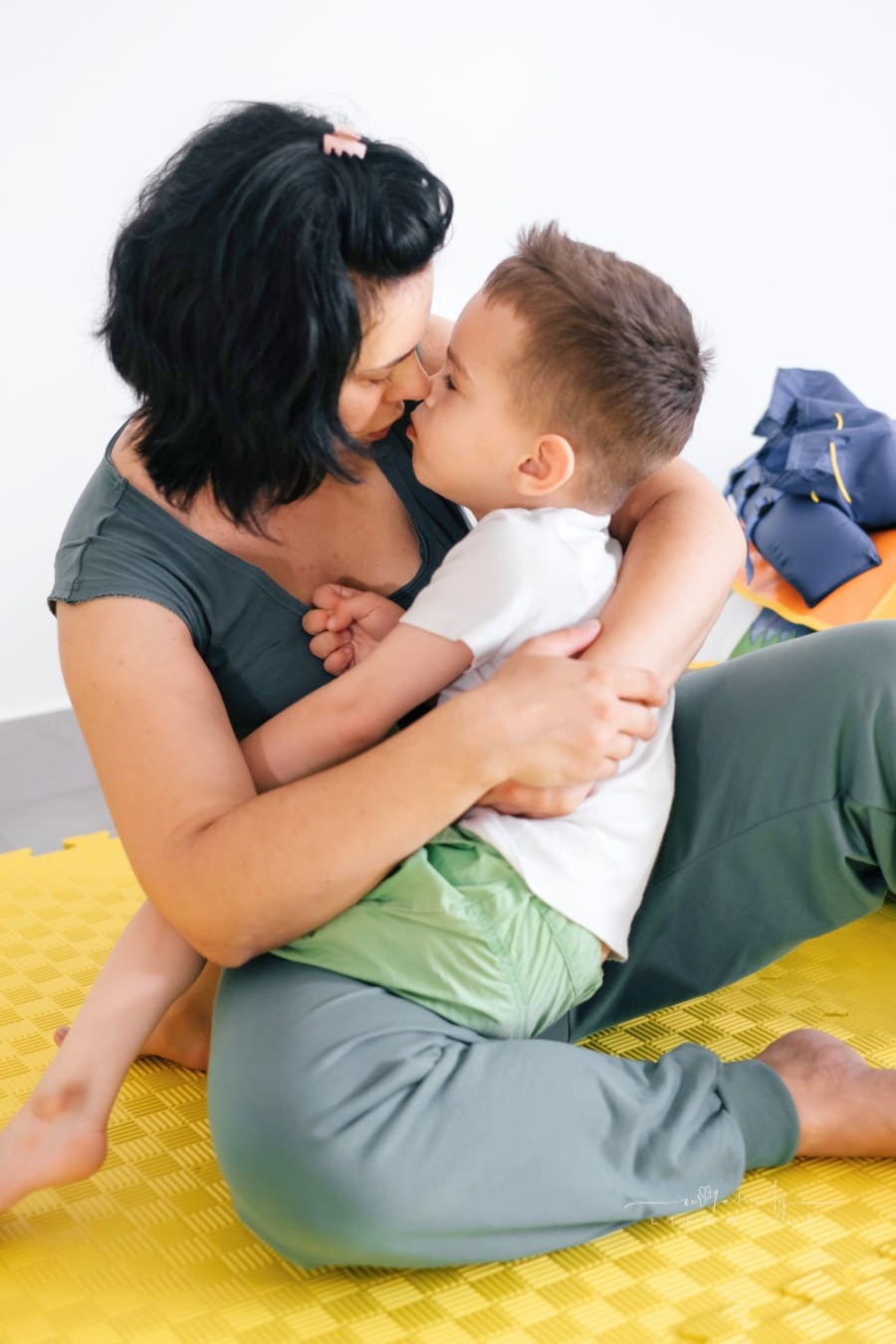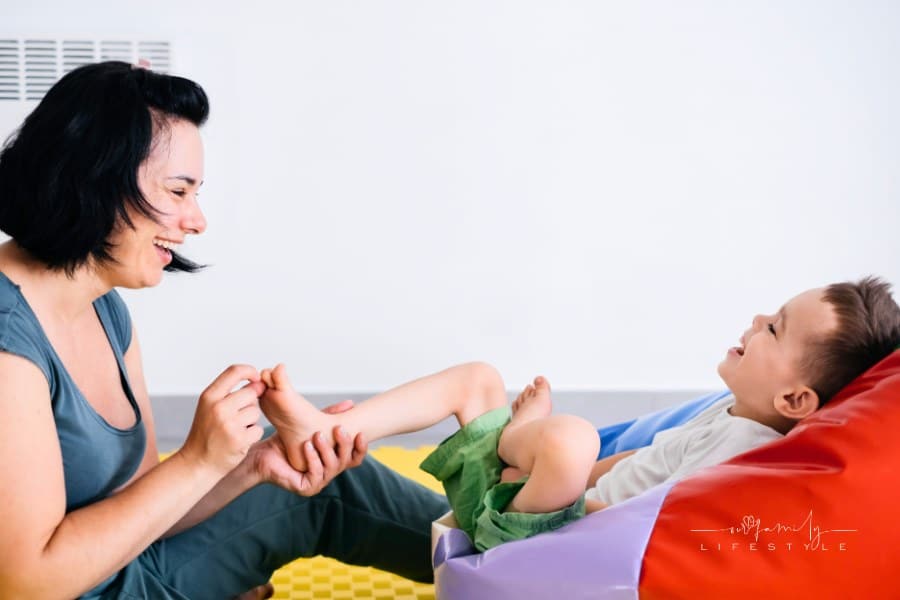Signs of Cerebral Palsy in Babies
Cerebral palsy is a neurological disorder that affects movement and coordination.
Early identification is essential for prompt intervention and assistance because this medical condition can start to show symptoms in infancy.
Parents and caregivers need to be aware of the signs of cerebral palsy in infants to achieve the proper child’s growth.
In this post, we’ll look at the main signs that could point to infants having cerebral palsy or early symptoms of cerebral palsy.

An Overview of Cerebral Palsy
Typically, movement, muscle control, and coordination can all be impacted by cerebral palsy.
It may harm your baby’s developing brain, which often takes place before or during birth but can also develop in them during infancy.
Types of Cerebral Palsy
Based on the bodily parts affected and the type of movement difficulties, there are many types of cerebral palsy.
There are three primary types:
- Spastic Cerebral Palsy: This is the most typical form, marked by tight, stiff muscles that make movement challenging and rigid.
- Dyskinetic Cerebral Palsy: Uncontrollable, involuntary motions that can impact the entire body or only certain body sections. These movements can be choppy or fast and writhing.
- Ataxic Cerebral Palsy: Balance, coordination, and depth perception impairments are hallmarks of ataxic cerebral palsy. Individuals may struggle with fine motor skills and have wobbly motions.
Signs of Cerebral Palsy in Babies
Delayed Motor Development
A delay in motor development in your baby is one of the key indicators of cerebral palsy. Remember that Infants with cerebral palsy may experience difficulties in their ability to roll over, sit up, crawl, or walk.
They can seem unsteady or struggle to maintain control over their motions. Therefore it is necessary to look into persistent delays or the absence of some developmental milestones in your little one.
Abnormal Muscle Tone
Infants with cerebral palsy exhibit aberrant muscular tone, which can appear as either hypertonia or hypotonia. Increased muscle stiffness and resistance, or hypertonia, results in tense and inflexible muscles.
Hypotonia, conversely, is characterized by decreased muscular tone, resulting in floppy or limp limbs. Both hypotonia and hypertonia in your baby might be signs of cerebral palsy.
Poor Coordination and Balance
Cerebral palsy can impact an infant’s capacity to coordinate movements and maintain balance.
You might observe that your infant finds it challenging to hold onto objects, move them from one hand to the next, or put them in their mouth.
They can find it difficult to keep a straight posture while sitting or struggle with their balance when trying to stand.
Involuntary Movements
Dyskinesia, or uncontrolled or uncontrollable movements, can be a symptom of cerebral palsy.
Because of these movements, which can be jerky, spastic, or writhing, the newborn has trouble controlling their limbs. These uncontrollable movements can happen in different sections of the body and may get worse during stressful or exciting times.
Delayed Speech and Communication
Infants with cerebral palsy may have difficulty speaking and communicating. Your baby may have oral motor control issues, trouble constructing words or sentences, and delayed speech development.
Additionally, your baby may have trouble understanding and reacting to spoken instructions.
Poor Muscle Control
Babies with cerebral palsy may struggle to regulate their muscles, especially those around their mouth and face. Challenges with swallowing, sucking, or feeding may stem from this.
They can experience drooling excessively, gagging, or choking. It’s important to keep an eye on your baby’s feeding habits, and if you see any recurring problems, you should consult a doctor.
Vision and Hearing Impairments
Vision and hearing problems can coexist with cerebral palsy, albeit they are not exclusively associated with it. There could be visual issues like strabismus (crossed eyes) or nystagmus (uncontrollable eye movements).
Similarly, a baby’s general development may be impacted by hearing loss or issues with auditory processing.
Assistance After a Cerebral Palsy Diagnosis
Early diagnosis can result in individualized treatment plans, early intervention therapy, and resources to maximize your child’s growth and quality of life.
If you suspect that a brain-related birth injury resulted in your child’s diagnosis of cerebral palsy, seeking legal guidance can help you file an injury claim.
For early intervention and the right kind of assistance, it is critical to recognize the symptoms of cerebral palsy in infants.
Since every child is different and symptoms might vary, paying attention to your baby’s development and seeking professional advice is important.
It is crucial to speak with your physician or a specialist for a thorough evaluation if you detect any of the signs above.


